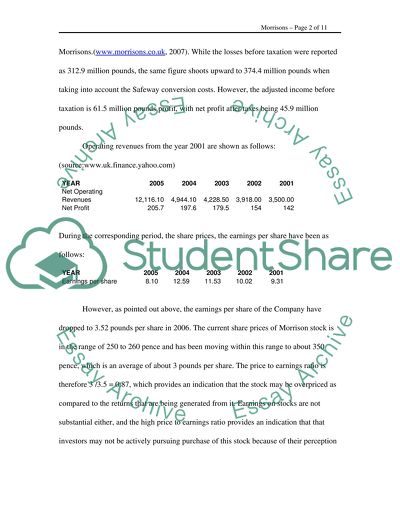Cite this document
(“Morrisons PLC Essay Example | Topics and Well Written Essays - 2500 words”, n.d.)
Morrisons PLC Essay Example | Topics and Well Written Essays - 2500 words. Retrieved from https://studentshare.org/miscellaneous/1541827-morrisons-plc
Morrisons PLC Essay Example | Topics and Well Written Essays - 2500 words. Retrieved from https://studentshare.org/miscellaneous/1541827-morrisons-plc
(Morrisons PLC Essay Example | Topics and Well Written Essays - 2500 Words)
Morrisons PLC Essay Example | Topics and Well Written Essays - 2500 Words. https://studentshare.org/miscellaneous/1541827-morrisons-plc.
Morrisons PLC Essay Example | Topics and Well Written Essays - 2500 Words. https://studentshare.org/miscellaneous/1541827-morrisons-plc.
“Morrisons PLC Essay Example | Topics and Well Written Essays - 2500 Words”, n.d. https://studentshare.org/miscellaneous/1541827-morrisons-plc.


